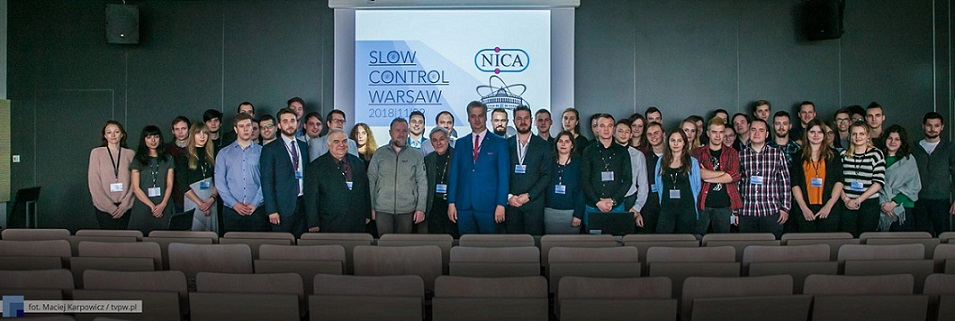Speaker
Description
Goal:
Nuclear reactors type III and III + dominate on the world, currently. Safety considerations, as well as the increasing requirements, are reason on intensive research on type IV reactors. An example of it, is the subcritical nuclear reactor controlled by a beam from the accelerator "ADS". The key issue in the design of such reactors is the knowledge of the neutron flux density values inside the reactor. Consider methods for determining the level of transmutation in subcritical reactors by using nuclear threshold reactions to determine the density of fast neutron fluxes. The goal will be to perform practical measurements using germanium detectors, calibration of results and their analysis.
Description of the exercise:
1. Discussion of the differences (advantage and disadvantage) of various types of nuclear reactors compared to subcritical accelerator-controlled reactors
2. Participation in the experiment (if such will take place during the practice), and visiting of experimental site and the accelerators site.
3. Measurements of the samples gamma spectrum on germanium detector and detector calibration procedure. Samples irradiated in time of the experiment.
4. Analysis of obtained gamma spectra (Deimos program) and identification of isotopes.
5. Determination of the isotope content in the samples.
6. Normalization of results and their comparison with other results - practical analysis of the results obtained.
7. Determination of neutron flux density with energy above 10 MeV.
8. Preparation the own speech at the end of the student practice and for the conference after that, and preparation the publication together with the practice supervisor based on the obtained results.
Requirements for the students:
The topic is addressed to students interested in nuclear experimental physics using large research equipment and/or nuclear energetic.
Basic knowledge of nuclear physics
Basic skills in using Excel program.
